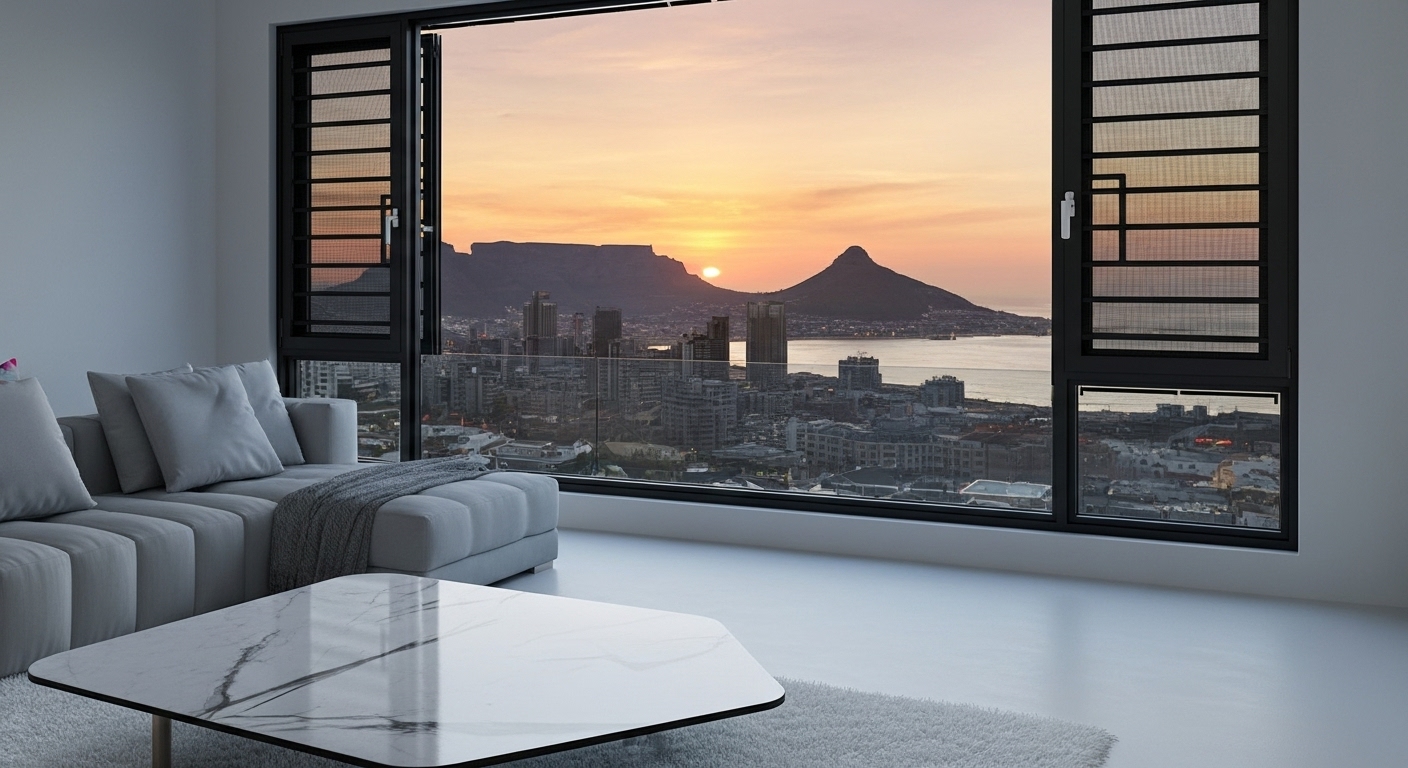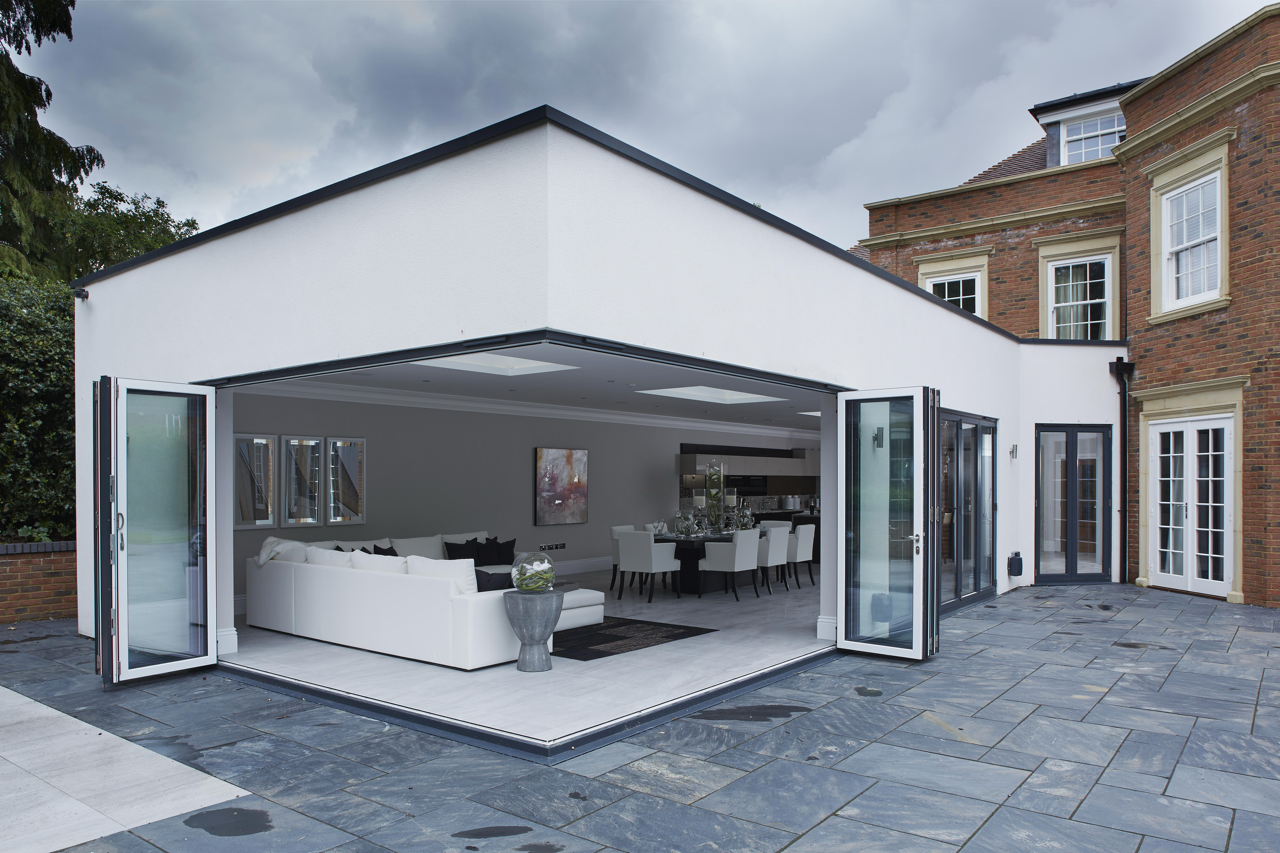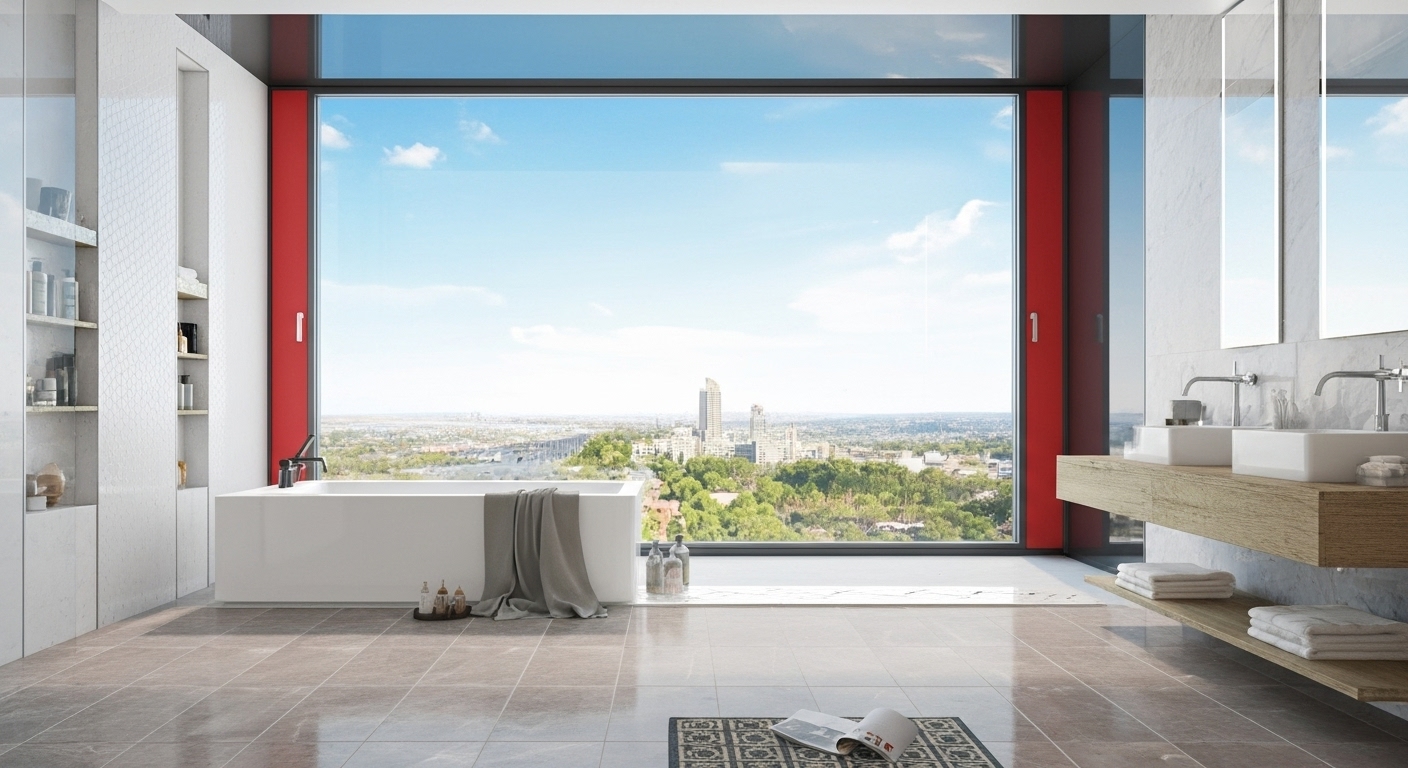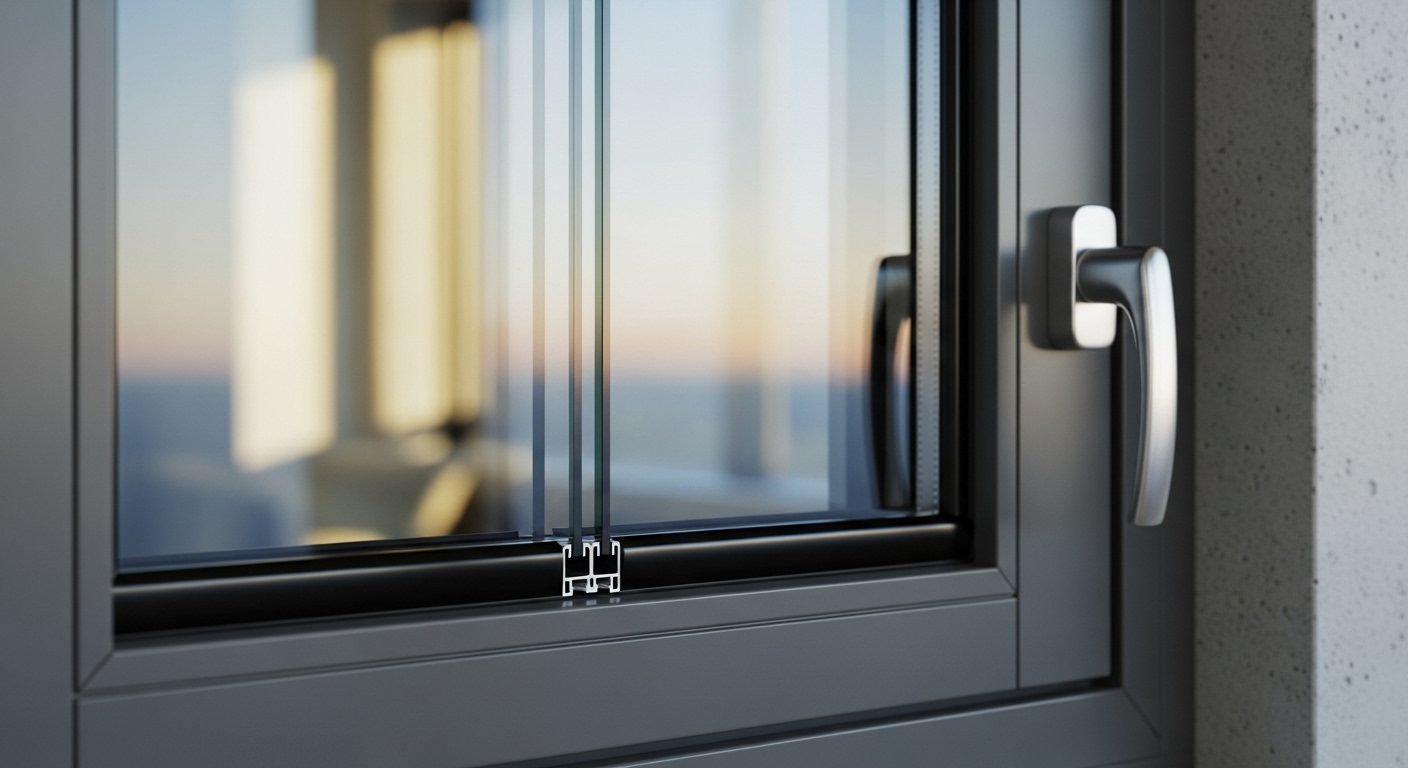South Africa’s construction industry is entering a new era—one defined by sustainability, energy efficiency, and long-term resilience. Developers, architects, and project managers are under growing pressure to deliver buildings that meet environmental standards while remaining economically viable. The Green Building Council of South Africa (GBCSA) and its Green Star SA rating system have become benchmarks for sustainable design, aligning local projects with global frameworks like LEED and BREEAM.
One area that is often underestimated in achieving these standards is fenestration—the windows and doors that connect interior and exterior spaces. Far more than design elements, these systems play a critical role in insulation, daylighting, energy efficiency, and occupant comfort. Choosing the right fenestration solutions can mean the difference between meeting minimum compliance and achieving certification that future-proofs a project.
What We’ll Cover
The Rise of Green Building in South Africa
Sustainability is no longer a niche concern. Rising energy costs, water scarcity, and the urgent need to reduce carbon emissions have pushed the green building movement to the forefront. Investors and tenants increasingly demand properties that deliver environmental performance alongside financial value.
- Green Star SA: Established by the GBCSA, this system evaluates buildings across multiple categories, including energy, indoor environmental quality, and materials.
- Market Advantage: Certified green buildings consistently attract premium rentals and sales, as well as long-term savings on operating costs.
- Future Regulation: As standards tighten, buildings designed above the current baseline will enjoy greater resilience and relevance.
Fenestration choices directly influence a building’s performance in these areas.
How Fenestration Affects Green Ratings
Fenestration is central to several Green Star SA categories. The right systems contribute significantly to points in energy, comfort, and materials credits.
Energy Efficiency
Poorly specified windows can account for up to 40% of a building’s heat loss or gain. High-performance systems with strong R-values and airtight seals reduce reliance on HVAC systems, lowering energy consumption.
Daylighting
Natural light is essential for occupant well-being and productivity. Large glazing areas bring in daylight, but without advanced coatings and insulation, they can also create glare and heat gain. The right fenestration balances brightness with comfort.
Thermal Comfort
Stable interior temperatures are a cornerstone of occupant satisfaction. Systems that combine Low-E glass, Argon-filled glazing, and thermal break frames ensure consistent comfort throughout the year.
Materials and Lifecycle
Durability matters. Coatings like PVDF and seals like EPDM extend the lifespan of fenestration, reducing the need for replacements and lowering embodied carbon over a building’s lifecycle.
Key Fenestration Features for Compliance
To align with Green Star SA requirements, architects and developers should consider fenestration systems with these features:
- Thermal Break Aluminium Frames: Prevent thermal bridging by inserting insulating barriers between interior and exterior frame sections.
- Low-E Glass: Reflects infrared heat, blocks harmful UV rays, and reduces solar gain without compromising visible light.
- Argon-Filled Double Glazing: Improves insulation by slowing heat transfer between glass panes.
- PVDF Coatings & EPDM Seals: Provide resilience against South Africa’s harsh climate, from coastal salt corrosion to intense UV exposure.
- Ventilation Systems: Features like micro-vents and lift & slide doors enable natural airflow while maintaining security and performance.
These aren’t luxuries—they’re essential tools for meeting sustainability goals.
The Business Case for Green Fenestration
Green fenestration is not only about compliance; it’s about adding long-term value.
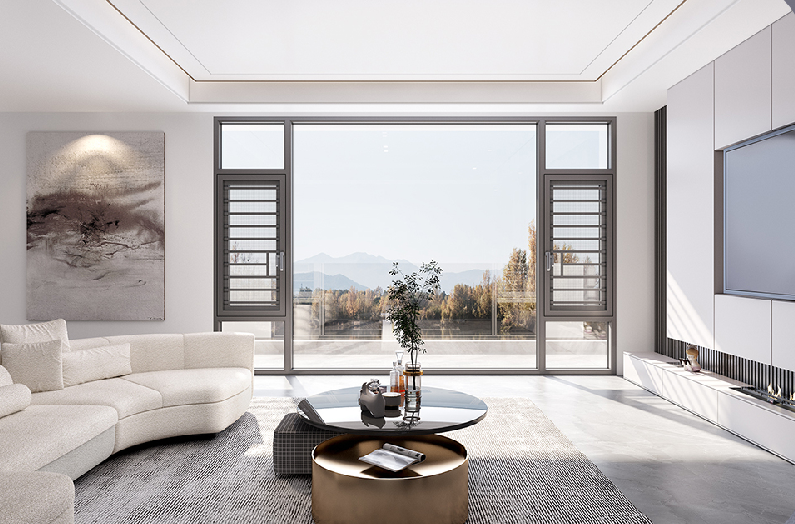
Lower Energy Bills
Efficient windows and doors reduce heating and cooling loads, saving tenants and owners money month after month. For commercial buildings, these savings multiply across tenants, boosting net operating income.
Reduced Maintenance Costs
Durable coatings and seals extend the lifecycle of fenestration systems, lowering maintenance and replacement costs. This improves lifecycle analysis scores in sustainability frameworks.
Higher Property Value
Certified green buildings are proven to command higher sales and rental prices. Fenestration that contributes to certification adds measurable financial value to developments.
Future Compliance
Designing above current minimums ensures buildings remain compliant as regulations tighten. This future-proofs developments against obsolescence.
Aldabra’s Role in Green Building
Aldabra’s window and door systems are engineered to deliver measurable sustainability benefits that align directly with Green Star SA categories.
- R-Values ≈4.2: Excellent thermal insulation reduces reliance on HVAC systems.
- Level 8 Airtightness & Level 9 Wind Resistance: Ensures performance in demanding conditions.
- Low-E, Argon-Filled Glazing: Standard across premium ranges, reducing solar gain and UV damage.
- PVDF Coatings: Corrosion resistance for coastal climates, ensuring longevity and durability.
- Sustainability Contributions: Systems contribute to points in Energy, Indoor Environmental Quality, and Materials categories.
With Aldabra, developers and architects can specify fenestration solutions that do more than meet minimum requirements—they actively elevate buildings into the green-certified category.
Green Building as Standard Practice
Green building is no longer a “nice-to-have.” It is a business and environmental necessity shaping the future of South African development. Fenestration plays a critical role in achieving sustainability standards, from reducing energy use to protecting occupant comfort and ensuring long-term durability.
For architects, engineers, and developers, specifying advanced fenestration systems is one of the most effective strategies for future-proofing projects against rising costs, regulatory shifts, and market expectations.
Explore Aldabra’s climate-ready fenestration systems and see how they can help your next project achieve Green Star SA certification—delivering efficiency, resilience, and value for decades to come.
